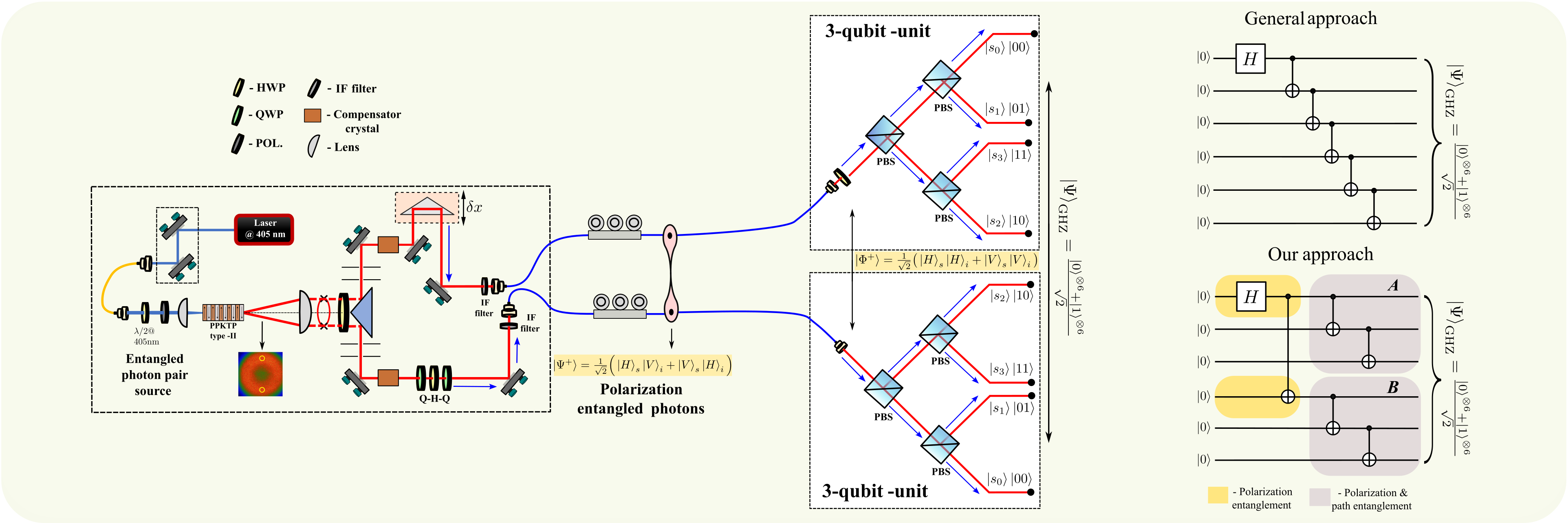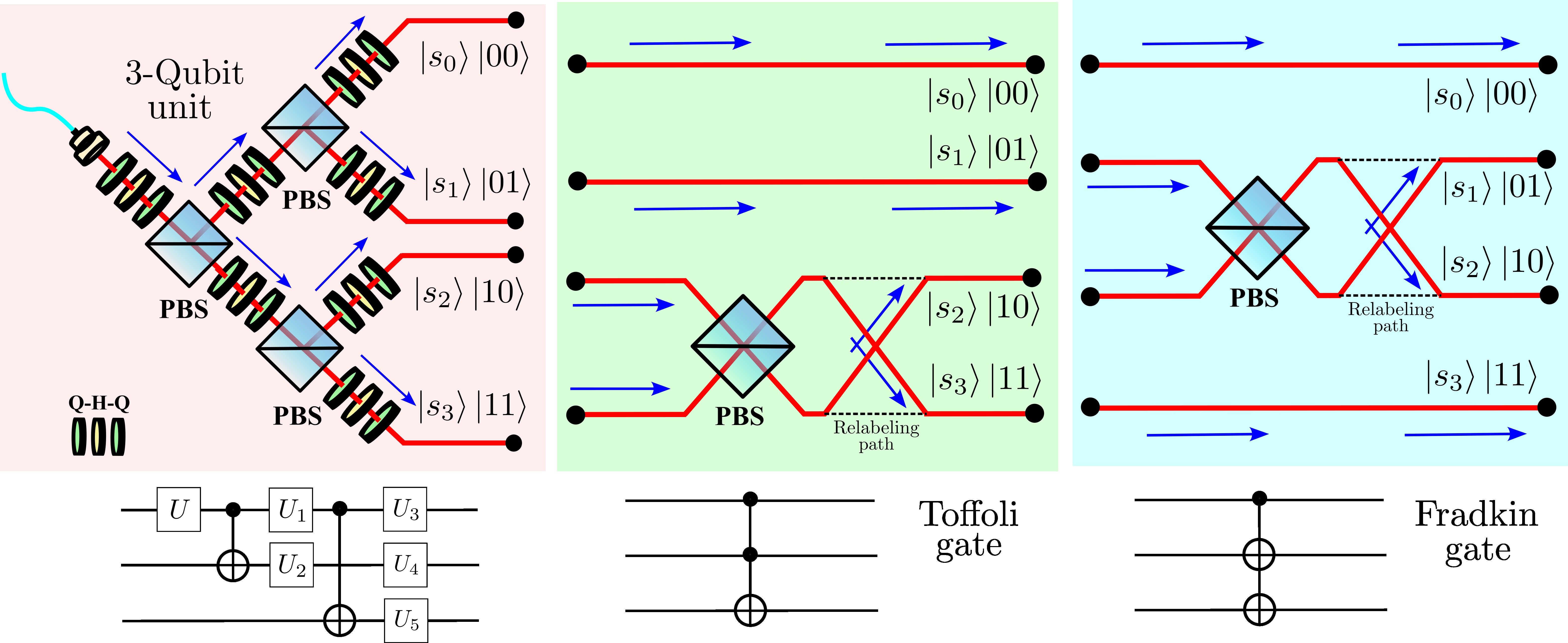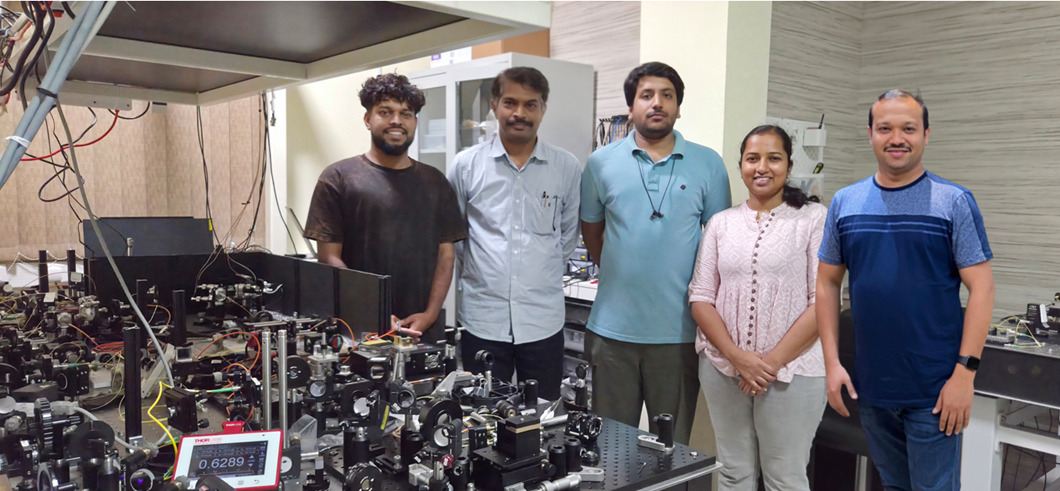Making quantum computers using a packet of light
– Sayooj P

Image: Kanad Sengupta
A quantum computer employs purely quantum phenomena, like superposition and entanglement, to surpass the capabilities of a classical computer. Superposition allows subatomic particles to be in two or more different states simultaneously, and entanglement entails two or more particles linked so strongly that any effect on one influence the other instantaneously, even across far distances.
A classical computer stores information as bits in two states – ON (1) and OFF (0) – while quantum computers use qubits. Like the former, quantum computers use their own set of operations similar to the classical AND, OR and NOT logic gates, called quantum gates.
In a new study, C M Chandrashekar and his team at the Department of Electronic Systems Engineering and Department of Instrumentation and Applied Physics, IISc, have designed these universal quantum gates by manipulating single photons to function as a set of three qubits.
A qubit can exist in both, ON and OFF states simultaneously due to superposition. Two qubits can also be entangled such that modifying one will immediately affect the other. The team used the physical behaviour of photons to encode information as qubits. Each photon has two polarisation states, which forms an intrinsic qubit. To encode more qubits, the scientists distributed a single travelling photon into two spatial paths in superposition twice, and recombined the paths – a technique called path encoding. Thus, the photon gained a total of three qubits: one due to its polarisation states and two more because of path encoding. The team then used the same set-up to entangle the state of two such photons, effectively creating a six-qubit system and demonstrated a six-qubit entangled state generation.

Image: Kanad Sengupta
Using this system, the team constructed quantum gates using a stepwise series of quantum walks – a process in which a particle is allowed to walk around in a controlled manner. To do this experimentally using photons, they used linear optical components such as beam splitters, waveplates and mirrors. By tuning these components just right, the team was able to realise all set of universal quantum gates.
Photonic qubits are naturally resistant to noise and can function efficiently at room temperatures, making them ideal for quantum computing. By experimentally showing how single photons can encode multiple qubits and implement multi-qubit gates deterministically – which was not the case in other approaches involving photons – the study presents a way to take a leap forward towards the ultimate goal of creating quantum computers that can one day be used widely, just like classical computers.

Image: Kanad Sengupta
REFERENCE:
Sengupta K, Dinesh SP, Shafi KM, Asokan S, Chandrashekar CM, Experimental realization of universal quantum gates and a six-qubit entangled state using a photonic quantum walk, Physical Review Applied (2025).
https://journals.aps.org/prapplied/abstract/10.1103/r7yp-1vz4
LAB WEBSITE:
QOQI-IISchttp://iap.iisc.ac.in/~qoqi/ – homepage






